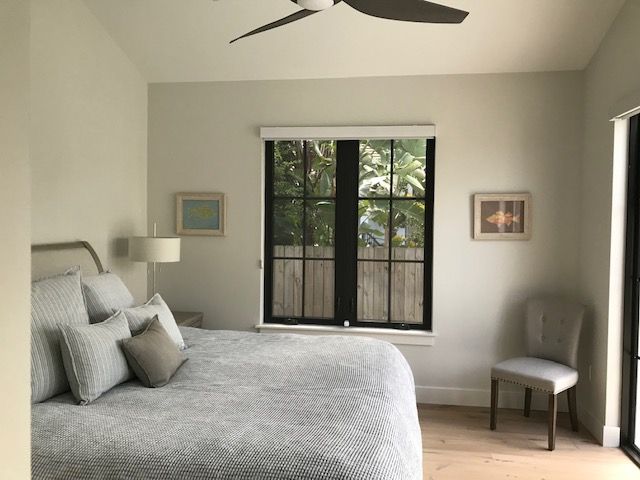Glass Brand Policies
Quality Screening, Window & Door
Introduction: A Clear Look at Glass Distortion
A guide for homeowners
Quality Screening, Window & Door takes great pride in delivering high-quality products that are strong, energy-efficient, and customizable for any home or business. To ensure exceptional performance, our glass undergoes extreme processes that can cause distortion like bubbles, discolorations, and scratches - occurrences that are experienced industry-wide. We adhere to the guidelines established by the American Society for Testing and Materials International (ASTM) on annealed glass, heat-strengthened glass, coated glass, laminated glass, and insulated glass units. Each pane is inspected thoroughly to meet our benchmarks for excellence and to meet/exceed industry standards.
This document includes general guidelines to help you determine if a glass-related concern is eligible for replacement. Please reference the ASTM standards at www.astm.org for a complete overview of industry policies. Questions? Call (941) 270-3650 today.
What Causes Glass Distortion?
PROTECTION
Necessary processes that are used to create glass products, pressures, glazing, and heat treatments increase strength, safety, and/ or efficiency. However, they can cause visible distortions.
LOCATION
Environmental factors like barometric pressure and elevation can affect your glass.
CLIMATE
Constantly changing temperature fluctuations based on the time of day, season, and other environmental factors will also distort glass.
Glossary of Terms
American Society for Testing and Materials International (ASTM)
An organization that develops and publishes technical standards for a wide range of materials and products.
Annealed Glass
Raw glass that has not been heat- treated.
Heat-Strengthened Glass
Glass that is re-heated to below melting point and cooled quickly; nearly two times stronger than annealed glass.
Insulated Glass Units
Window panes separated by an air- or other gas-filled space to reduce heat transfer.
Laminated Glass
Two or more pieces of glass bonded together with a strong, clear interlayer.
American Society for Testing and Materials International (ASTM)
An organization that develops and publishes technical standards for a wide range of materials and products.
Annealed Glass
Raw glass that has not been heat-treated.
Heat-Strengthened Glass
Glass that is re-heated to below melting point and cooled quickly; nearly two times stronger than annealed glass.
Insulated Glass Units
Window panes separated by an air- or other gas-filled space to reduce heat transfer.
Laminated Glass
Two or more pieces of glass bonded together with a strong, clear interlayer.
Low-E (Emissivity) Glass Glass with a transparent, metallic oxide coating applied onto or into a glass surface. The coating typically allows short- wave energy to pass through but reflects long-wave infrared energy, which improves the U-value.
Tempered Glass
Glass that is re-heated to below melting point and cooled twice as fast as heat-strengthened glass; nearly four times stronger than annealed glass. When shattered, it breaks into small pieces.
What is Not considered Glass Distortion?
As glass configurations become more advanced, it is difficult to control certain outcomes. Therefore, the instances listed below are not considered distortions.
How Do I Inspect My Glass?
In order to determine if your glass is eligible for replacement, please inspect it with the industry-wide standards featured below. This ensures that every glass pane is measured consistently.
- Inspect glass with the naked eye in the vertical position
- View it at a 90-degree angle to the glass Make all inspections during the daytime (without direct sunlight)
- Stand at the distance specified by each defect type for the noted amount of time





Share On: